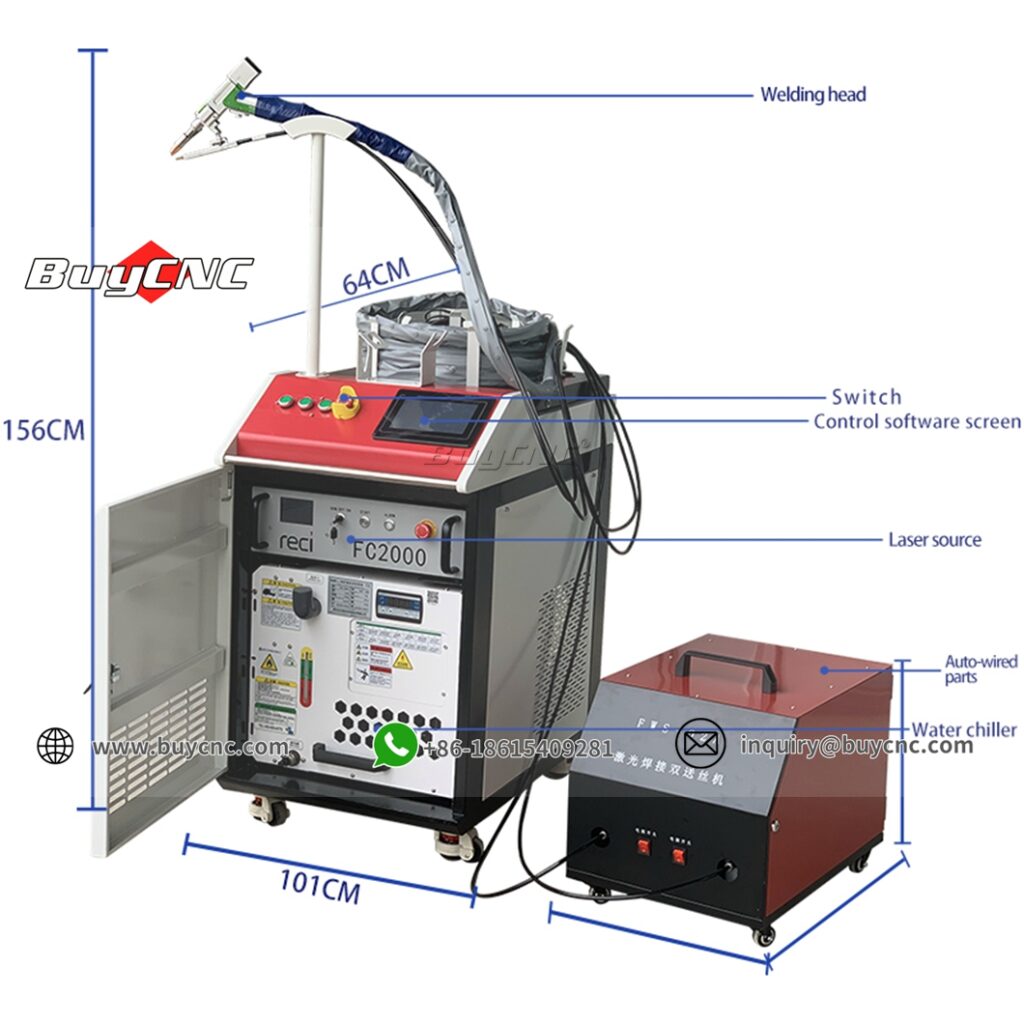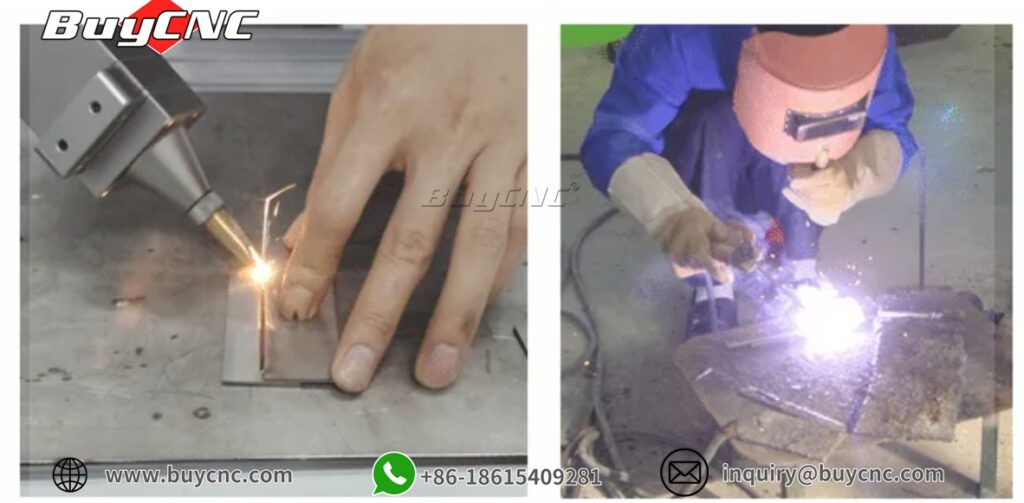With the rapid development of science and technology, handheld laser welders, as an advanced welding equipment, have been widely used in many fields such as manufacturing and construction. Its efficient and precise welding performance makes it an indispensable part of modern industrial production. However, in the face of changing market demands and technological innovations, we can’t help but ask: Will handheld laser welders support upgrades or expanded functions in the future?

First, from a technical perspective, handheld laser welders have the potential to upgrade and expand functionality. Laser welding technology itself is a highly customizable technology. By adjusting the power, wavelength and other parameters of the laser, the welding needs of different materials can be achieved. At the same time, as new materials and new processes continue to emerge, handheld laser welders also need to be continuously upgraded to adapt to these changes. For example, by introducing more advanced lasers, welding accuracy and efficiency can be improved; by improving control systems, more complex welding paths and finer welding operations can be achieved.
Secondly, from a market perspective, the upgrade and expanded functions of handheld laser welders are also of great significance. As market competition intensifies and customer needs change, enterprises have increasingly higher requirements for equipment flexibility and scalability. If the handheld laser welder can support upgrades and expanded functions, then companies can customize the equipment according to their own needs to meet a wider range of market needs. At the same time, this will also promote equipment manufacturers to continue technological innovation and product upgrades, and promote the progress of the entire industry.
So, what upgrades and expansion functions may handheld laser welders support in the future? Here are some possible directions:
Improvement of laser power and beam quality: By introducing more advanced lasers and technologies, the power and beam quality of handheld laser welders can be improved to achieve higher efficiency and higher quality welding operations.
Integration of automation and intelligent technology: With the help of advanced technologies such as artificial intelligence and machine vision, the automatic operation and intelligent adjustment of handheld laser welders are realized. This will greatly improve the accuracy and efficiency of welding and reduce the difficulty and cost of manual operations.
Multifunctional expansion: According to the needs of different industries, more functional modules are added to the handheld laser welder. For example, in the construction industry, special modules can be developed for welding of steel bars, stainless steel and other materials; in the manufacturing industry, special modules can be developed for splicing and repairing precision parts. This will give handheld laser welders a wider range of applications and higher market competitiveness.

Improvement of lightweight and portability: In order to facilitate portability and operation, handheld laser welders may pay more attention to lightweight design in the future. By using new materials and optimizing structures, the weight and volume of the equipment are reduced, making it easier to carry and operate.
In short, it is entirely possible for handheld laser welders to support upgrades and expanded functions in the future. This not only helps meet changing market demands and technological innovations, but also helps promote the progress and development of the entire industry. We look forward to more innovations and breakthroughs in handheld laser welder technology in the future to create a better future for mankind.